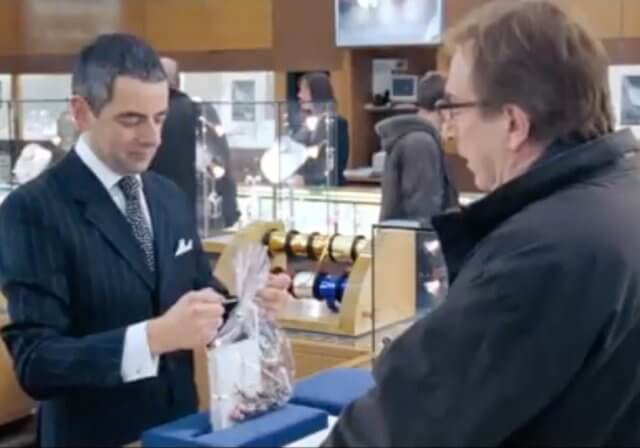Competent logistics are the new meeting minimum

Unfortunately, you wouldn’t know this from looking at meeting planning textbooks. I have a pile on my desk as I write this. With a single exception — Tahira Endean‘s excellent Intentional Event Design: Our Professional Opportunity — they devote minimal space (usually a single chapter) to the importance and the how-to of exploring meeting objectives and outcomes before hundreds of pages on site selection, food and beverage, lodging, decor, entertainment, technical production, transportation, budgeting, trade shows, registration, etc.
The traditional bread and butter of a meeting planner’s job.
Yes, all these logistical considerations are important and need to be done well! But when you’re spending all your time on these issues it’s easy to forget that they are not what meetings are about. Today, competent logistics are the new meeting minimum.
The deficiencies of meeting planning textbooks and education
Such textbooks barely mention the essence of a meeting: what has to happen to achieve clearly defined meeting objectives and outcomes? Why? Because they make assumptions that what has to happen is what happened at just about every meeting their authors ever attended. They assume that meetings will consist of sessions with speakers on a stage. They assume that the core purpose of a meeting session is to transmit content to an audience. And they assume that when attendees are not in sessions, we should ply them with food and drink and entertainment.
Their opening chapters, with sections entitled “Needs Assessment”, “Prioritize Goals and Objectives”, “Design Factors”, and similar titles, are only a few pages because the authors unconsciously accepted the traditional meeting human process. Far more space is devoted to entertainment and food and beverage. The focus is all on the wrapping and the beautiful box, ignoring the reality that the chocolates inside are missing, sparse, or stale.
The meeting industry has redefined novelty as creativity. A “creative” event design is one with a novel venue and/or decor and lighting and/or food and beverage. Consequently, planners restrict the entire focus of creative event design to novel visual and sensory elements.
When meeting planner textbooks gloss over the key ways that meetings can be made much more effective and useful for all stakeholders, planners remain ignorant, and traditional broadcast-style meetings continue to be the norm. Sadly, few clients know any better. Most assume that a meeting planner is all they need. They aren’t aware that professional meeting designers and facilitators exist and have great value.
Competent logistics are the new meeting minimum
I love to design and facilitate meetings that are great because they use participant-driven and participation-rich human processes. I have little competition. But I feel frustrated that so many opportunities to improve our events are going to waste. In my opinion, meeting planner education is deficient. Planners could be educated so they can help their clients with meeting design. Or they could learn and understand the importance and benefits of including meeting designers in the meeting planning process and encourage clients to use them. Either outcome (both could coexist) would cause a significant upgrade in the quality of meetings.
Steve Jobs said, “Design is how it works”. And good event design is about how a conference works. Combining perfect logistics with a traditional meeting design only leads to a flawless traditional meeting. That’s better than a flawed traditional meeting, of course, but we can do so much better. That’s why competent logistics are the new meeting minimum.
Image attribution: OISHII~DESU

